Canon PowerShot S80 Review
Canon PowerShot S80
The Canon S80 is one of the best compact digital cameras on the market, but you're going to have to dig deep to afford it.
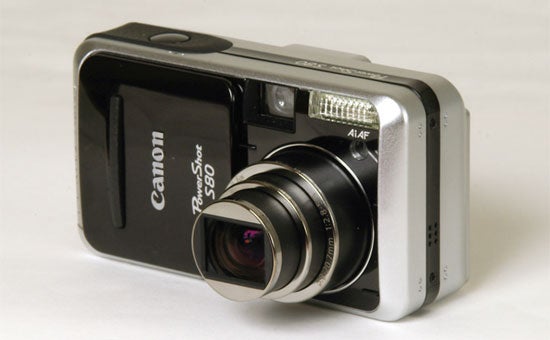
Verdict
Key Specifications
- Review Price: £499.00
Some time ago, a reader of this site suggested that we were taking bribes from Canon, because every single review of a Canon camera was full of glowing praise. I can assure you that we are utterly incorruptible, but I’m afraid this is going to be another good review for Canon. The reason is very simple. With only one or two rare exceptions, Canon’s digital cameras are all excellent, although they do tend to be a bit pricey. Unfortunately it makes for a pretty boring review, but what am I going to do?

Canon now has no less than 27 models in its digital compact range, filling every possible niche in the market. The five models in the S series are aimed at users who are looking for something more capable than a snapshot camera, but not as complex as a semi-pro or SLR model. The new S80 is the top of the S range at the moment, and offers eight megapixel resolution, a useful range of creative features, the latest DIGIC II image processing engine and a superb 3.6x optical zoom lens.
Despite its power and creative potential, it still manages to be stylish, compact and easy to use. However all these good things come at a price, and the S80 will set you back a not inconsiderable £498.99, which is an awful lot of money for a compact camera.
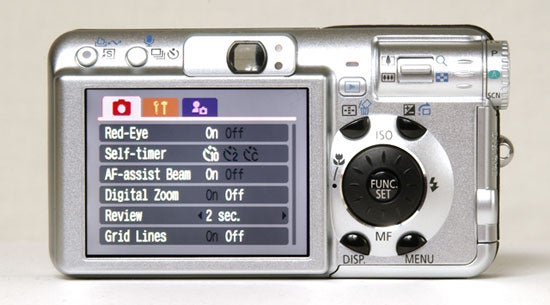
When you first get the S80 out of the box, you know at once where that money went. The initial impression is of sleek style and superb build quality. It’s quite a chunky camera, and surprisingly heavy for its size. It measures 104 x 57 x 38.8mm and weighs a hefty 225g minus the battery and card, so you’re not going to be carrying it in your shirt pocket, unless your shirts are made out of Kevlar.
The back of the camera is dominated by a huge 2.5in LCD monitor, which despite the size of the camera doesn’t leave a lot of room for the rest of the controls. Canon has got around this with a couple of clever design features. Rather than the traditional four-way D-pad, the S80 has a ring which not only moves in four directions, it also rotates, serving as a data input wheel for adjusting settings and navigating the menu. It’s unusual, but it does work extremely well.
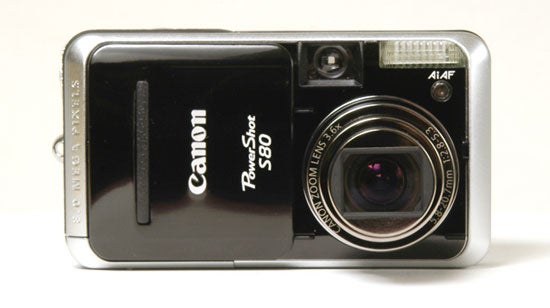
The main mode dial is mounted out of the way on the side of the camera body, but is labelled on both the side and the edge, and is easy to turn with your right thumb. Other frequently used functions such as flash mode, display mode, macro mode, manual focus, ISO setting and exposure compensation are controlled via individual buttons arranged around the navigation ring or as secondary functions of the ring itself, and are quick and easy to operate. My only quibble with the control layout is the position of the zoom control. It is positioned right under your thumb, which is convenient, but it is also very sensitive and it’s all too easy to accidentally change the zoom setting while just gripping the camera. Canon designers usually opt for a rotating ring around the shutter button, and I wish they’d done so with this camera.
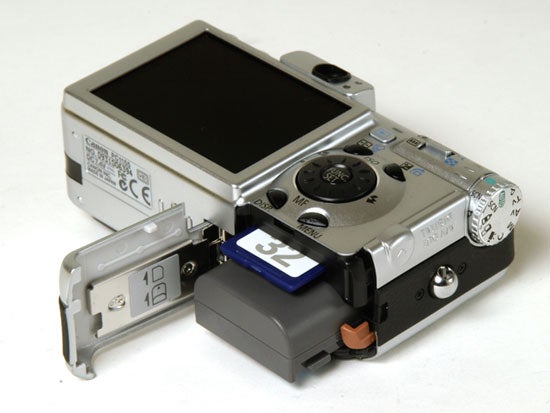
Other than that minor glitch, the overall handling is excellent, and the camera is a genuine pleasure to use, although the viewfinder is very small and only covers about 75 per cent of the frame size. However since the LCD monitor is non-reflective and bright enough to use in direct sunlight, this really isn’t a problem.
On the front of the camera, the sliding lens cover doubles as the main power switch. Open it up and the camera is ready to take pictures in under a second, which is extremely quick. The nine-point autofocus system is also amazingly fast, locking on in under a second even in low light, thanks to the built-in AF illuminator. In daylight it is even quicker, and never seems to miss its target. It is certainly one of the best AF systems I’ve come across.
In continuous shooting mode, the S80 can fire off four frames in about 2.5 seconds at the highest resolution setting, and despite the large file size – around 3.5MB per image – it writes them all to the card in just a couple of seconds and is ready to shoot again.
The S80 has a rather unusual movie mode. Many digital cameras can shoot at standard VGA 640 x 480 resolution and 30 frames a second, and the S80 can do this as well, but it also has a high resolution mode which can shoot at XGA 1024 x 768 size and 15 frames a second. This ability is, as far as I know, unique to the S80.
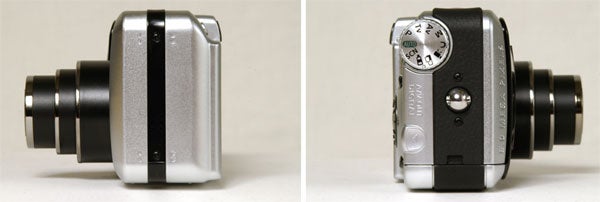
The S80 is loaded with other nice features. As well as manual, aperture and shutter priority, program and auto modes, it also has a user-defined custom mode, for any special exposure settings you might like to use. The lens has a zoom range equivalent to 28-100mm, which is just about perfect for most types of shot, combining a good wide angle for landscapes, and the ideal short telephoto for flattering portraits.
Image quality is, of course, the single biggest criterion for evaluating a digital camera, and it’s here that the S80 really scores. With a combination of a very high quality lens and Canon’s much admired DIGIC II processor, the same as is used on its top professional SLRs, the S80 produces fantastic pictures. Colour rendition is perfect, exposure is spot-on, and the AF system never misses a trick.
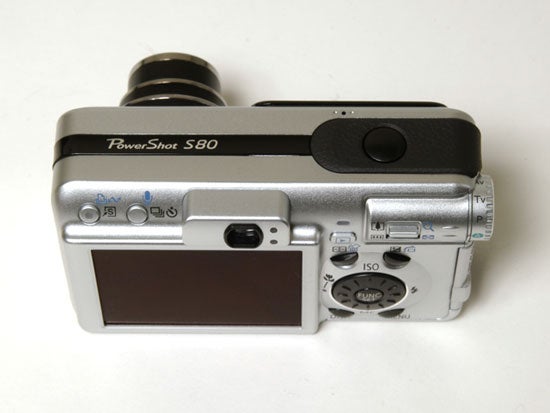
The only criticisms I can find are a slight blurring in the extreme corners of the frame at wide-angle, and a hint of over-sharpening on some shots. Despite its wider-than-average short end, the lens does a remarkable job of avoiding barrel distortion. Noise control is excellent at 50 and 100 ISO, and acceptable at 200 ISO. Things do get a bit noisy at 400 ISO, especially on longer exposures, but the results are still usable. All in all, an outstanding performance, and another superb Canon camera.
”’Verdict”’
Although it is scarily expensive, the PowerShot S80 really delivers. It has enough creative options to satisfy any keen photographer, and delivers results that are among the best I’ve seen. Performance, design and build quality are all of the high standard we’ve come to expect from Canon. If you got the money, it’s one of the best compact cameras you can buy.
(table:features)
A range of test shots are shown over the next few pages. Here, the full size image has been reduced for bandwidth purposes, and a crop taken from the original full resolution image has been placed below it in order for you to gain an appreciation of the overall quality. The following pages consist of resized images so that you can evaluate the overall exposure. For those with a dial-up connection, please be patient while the pages download.
—-
The following shots were taken in aperture priority mode at F8.0, with -1 exposure compensation. Light is from two tungsten bulbs, using manual white balance.
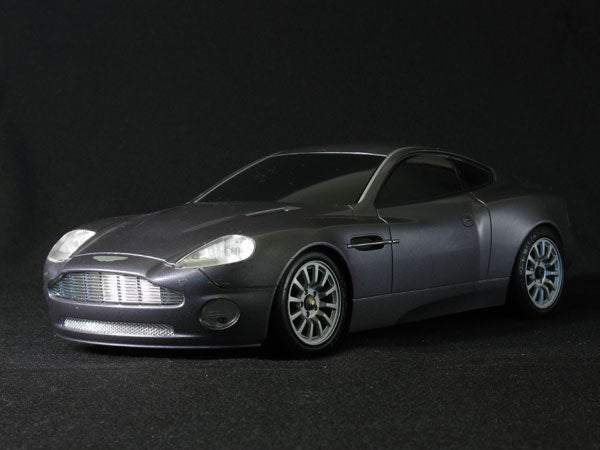
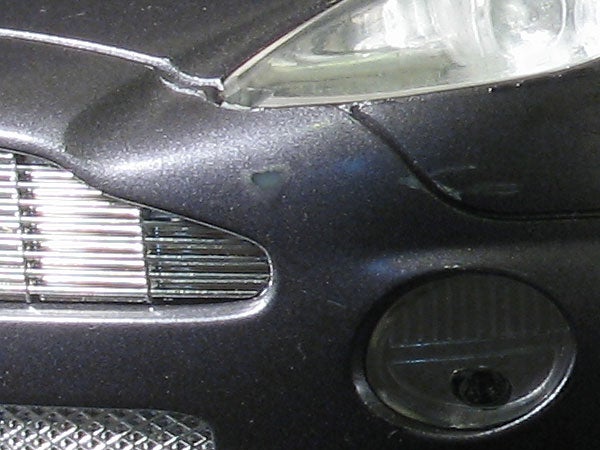
At the minimum 50 ISO setting the image is smooth as James Bond’s tuxedo, although the maximum 1-second exposure has caused slight under-exposure.
—-
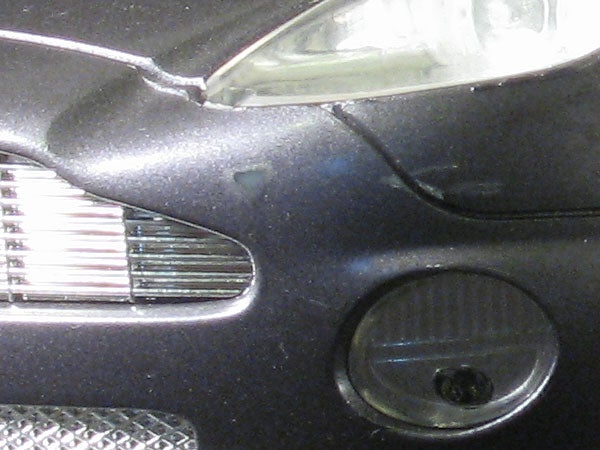
At 100 ISO the shot is still noise-free, and also correctly exposed.
—-
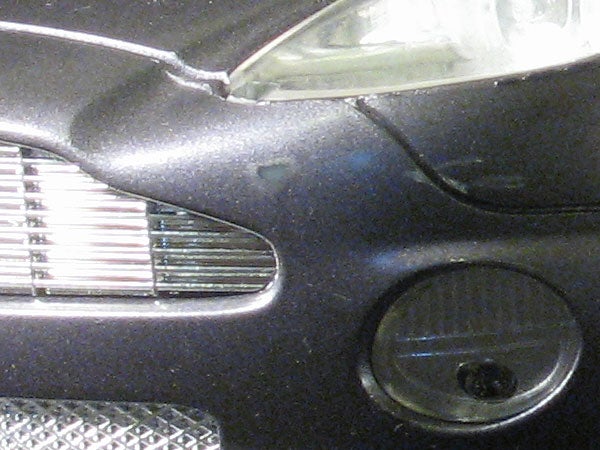
At 200 ISO the shot is still very good, although a little noise is visible in the darker areas, and there is some colour distortion.
—-
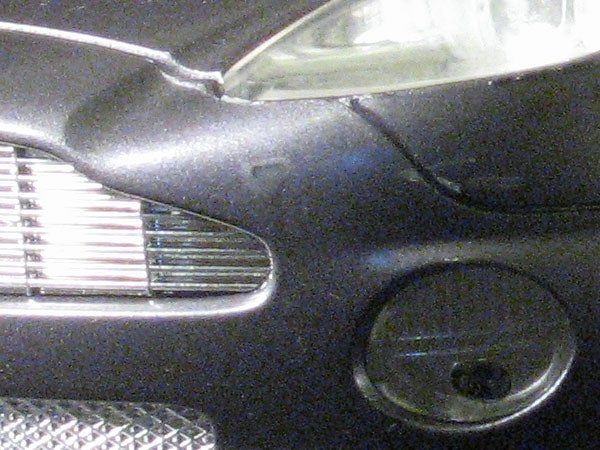
At the maximum 400 ISO setting, there is a good deal of image noise all across the image, although contrast is still good and the image is usable.
—-
This page consists of resized images so that you can evaluate the overall exposure.
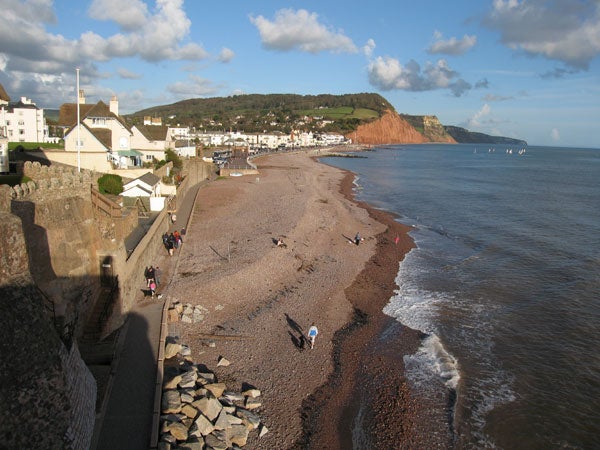
The S80 has a wide-angle end to its zoom range equivalent to 28mm, which is great for big panoramic landscape shots like this.
—-
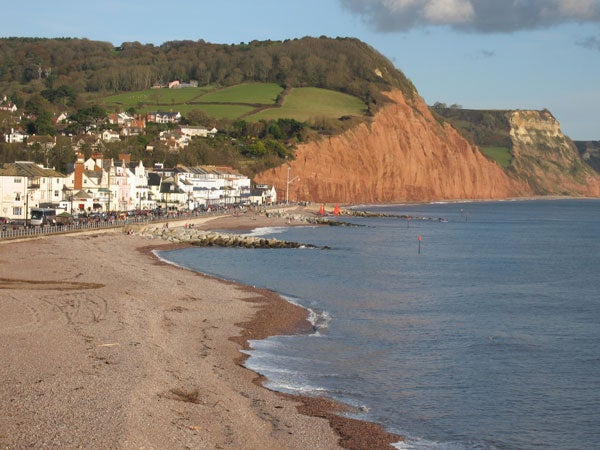
The telephoto end of the zoom is equivalent to 100mm, which is great for portraits but doesn’t really pull in long distance shots. This was taken from the same position as the wide shot above.
—-
This page consists of resized images so that you can evaluate the overall exposure.
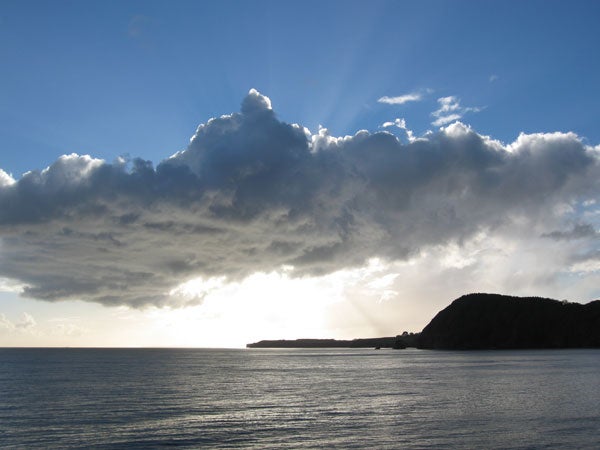
This wide-angle shot demonstrates the impressive lack of barrel distortion from the S80’s excellent lens. That horizon is perfectly flat.
—-
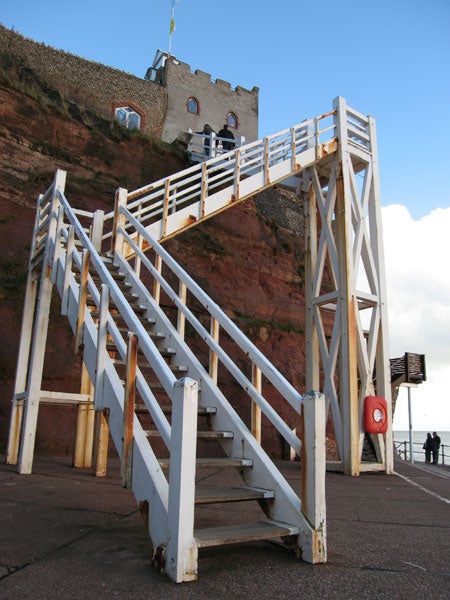
The wide angle lens lets you capture some excellent shots from unusual angles, like this one of Jacobs Ladder, at Sidmouth in Devon.
—-
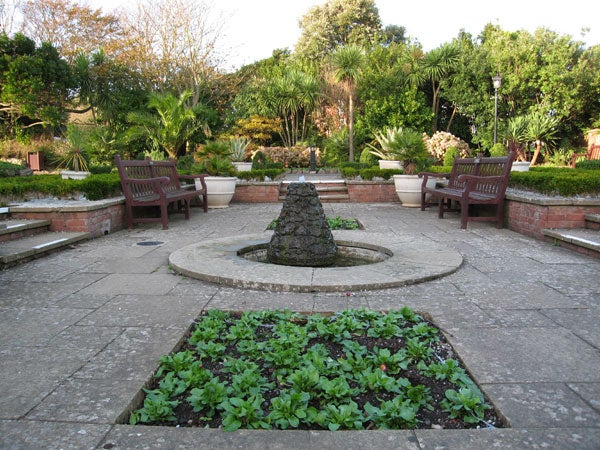
The big 2.5 inch monitor screen is non-reflective and very bright, making precise framing of shots extremely easy.
—-
This page consists of resized images so that you can evaluate the overall exposure.
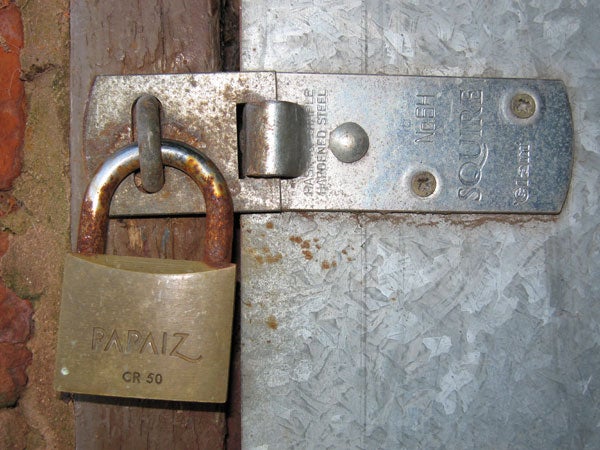
The S80 has a macro range of 4cm, which is a bit closer than this shot. The flash has fired here, but its excellent metering has avoided over-exposed the shot.
—-
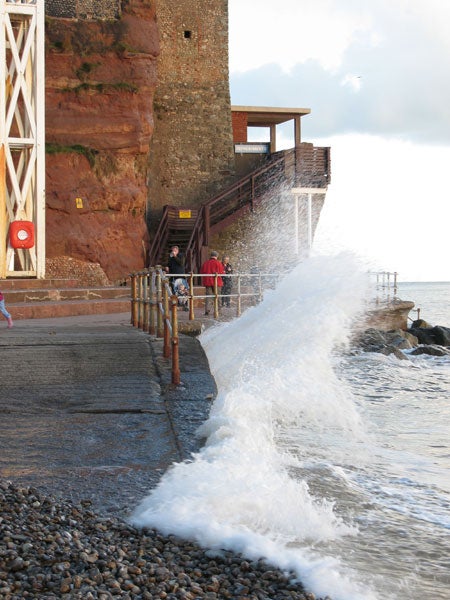
The ultra-fast AF system is great for capturing spur-of the moment action. If my reflexes were as quick, I wouldn’t have got my shoes full of water a second after this shot was taken.
—-
Trusted Score
Score in detail
-
Value 4
-
Image Quality 9
Features
| Camera type | Digital Compact |
| Megapixels (Megapixel) | 8 Megapixel |
| Optical Zoom (Times) | 3.6x |

